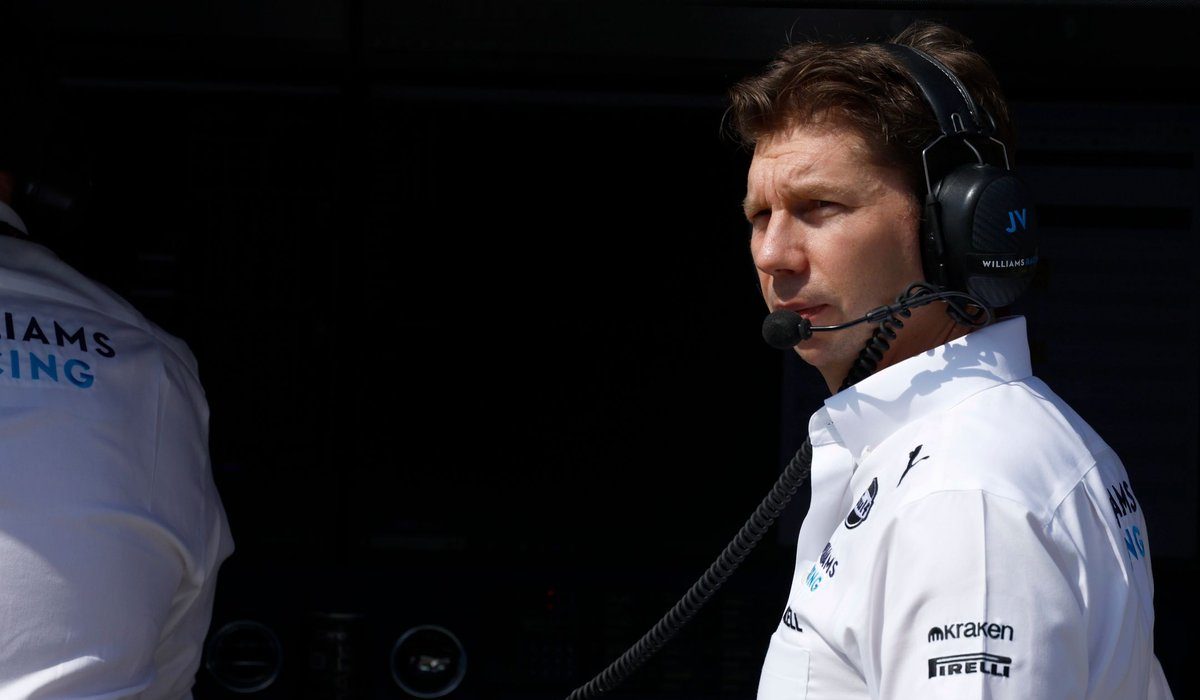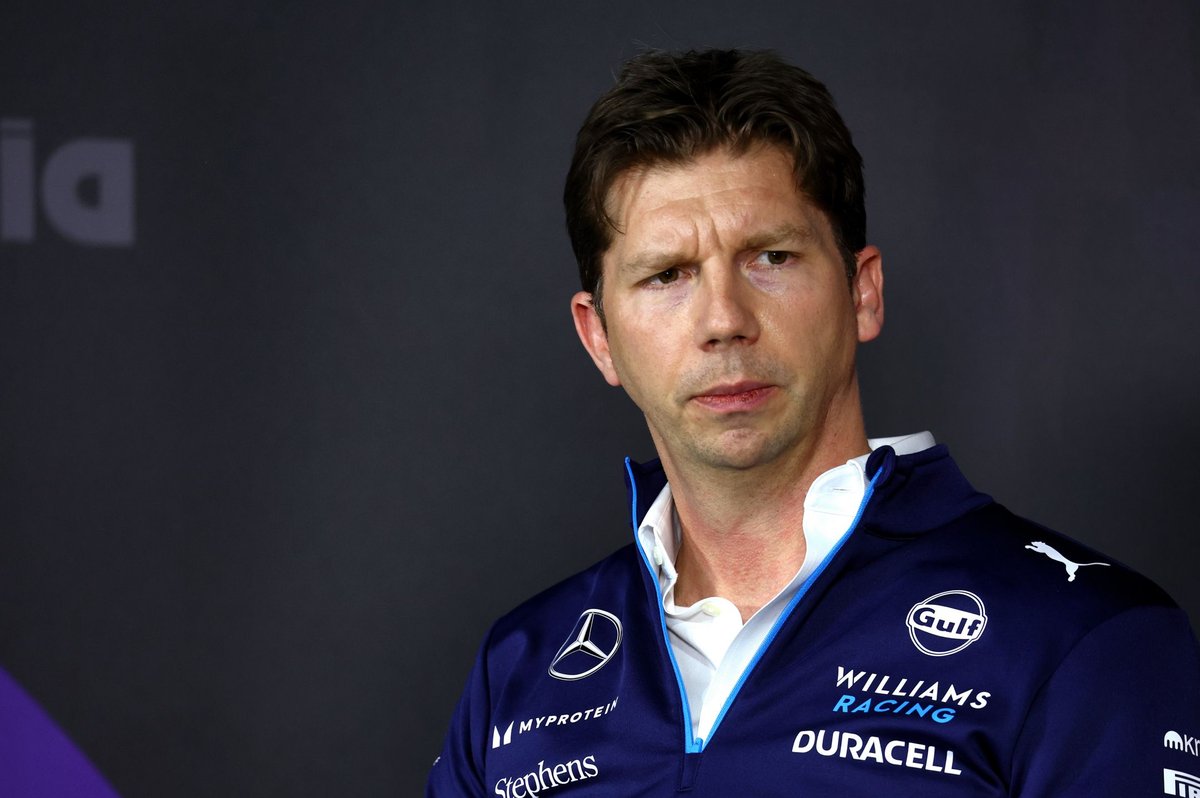Williams team principal James Vowles and chief technical officer Pat Fry face a daunting task as they strive to propel the Grove outfit forward, both on and off the race track.
Their efforts in the previous season saw some commendable progress, securing a respectable seventh place in the world constructors’ championship during Vowles’s inaugural year in the role.
With the FW45 already completed before his tenure, this year’s car marks the first designed and assembled under Vowles’s leadership. Meanwhile, Fry, who commenced work in November, had limited involvement initially, focusing instead on familiarizing himself with the team’s operations and identifying areas for enhancement.

Reflecting on the recent winter period, Vowles acknowledges it as a learning experience. He echoes Fry’s sentiments, expressing concern over the tardiness in finalizing the FW46 chassis.
“The chassis was a bag of bits in January,” Vowles remarked. “You can’t operate that way; it’s a level of stress that the organization doesn’t need.”
Vowles had early indicators of challenges during the previous season when updates to the FW45 took longer than desired to materialize on the track.
“Last year, when I came into the team, it was already 20 February, the car was already a physical entity,” he recalls. “What I was able to see was more the updates in the year, which is very lightweight compared to a build.”
Transitioning from his previous role at Mercedes, Vowles anticipated Williams lacking the infrastructure of his former championship-winning team. However, the extent of the deficiencies exceeded his expectations, largely due to a period of insufficient investment preceding Dorilton’s ownership. Rectifying these shortcomings requires a concerted long-term effort.

“I knew on day two, really, when I walked through the door, how difficult this was going to be,” Vowles reflected. “Because it doesn’t take long walking around Williams before you realize there’s very little compared to what I was used to.”
Vowles emphasizes that the issue isn’t a lack of dedication from the staff but rather outdated systems and methodologies that hinder efficiency.
“We don’t have a lazy organization,” he stressed. “Far from it. We have an organization, in fact, that we’re willing to sleep on the floor in order to get the job done.”
Addressing longstanding practices, Vowles discontinued reliance on “contingencies” for the FW46, pushing the system to its limits to understand its weaknesses.
Introducing new systems encounters resistance, particularly in a workplace with a high percentage of longstanding employees. However, Vowles notes a shift in attitudes toward embracing change, facilitated by his leadership.
“The good news is that he has quickly proved to be an inspirational leader, and he seems to have won over the staff.”
As the organization undergoes cultural change, Vowles and Fry recognize the necessity of patience, emphasizing a gradual transition towards a more efficient and innovative approach.
“That journey is one of discomfort for many people,” Vowles acknowledges. “So it’s not resistance in any way that is an obvious fight against it. But it’s just the normal resistance you encounter when you’re trying to change your culture.”

